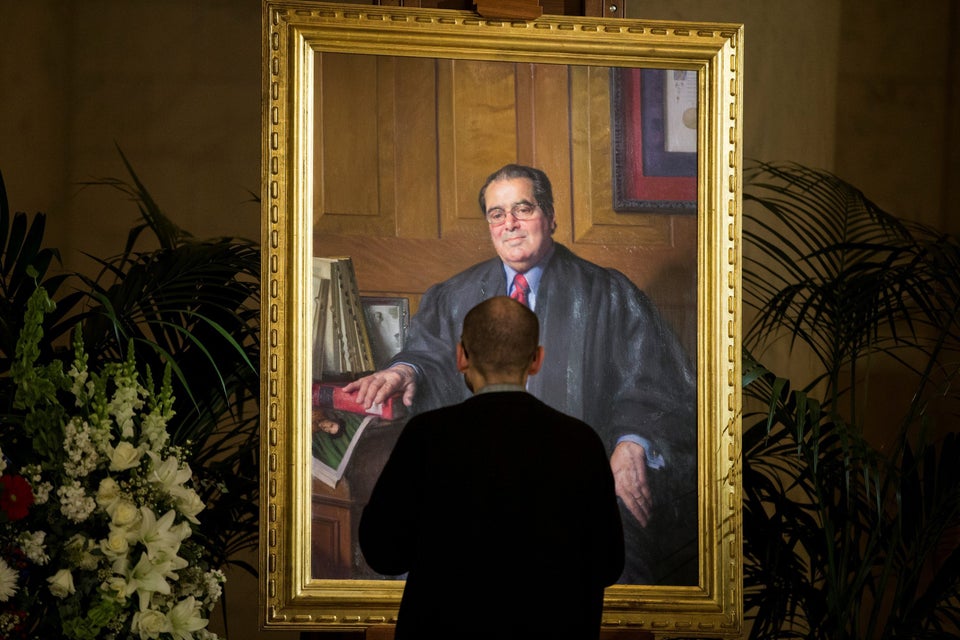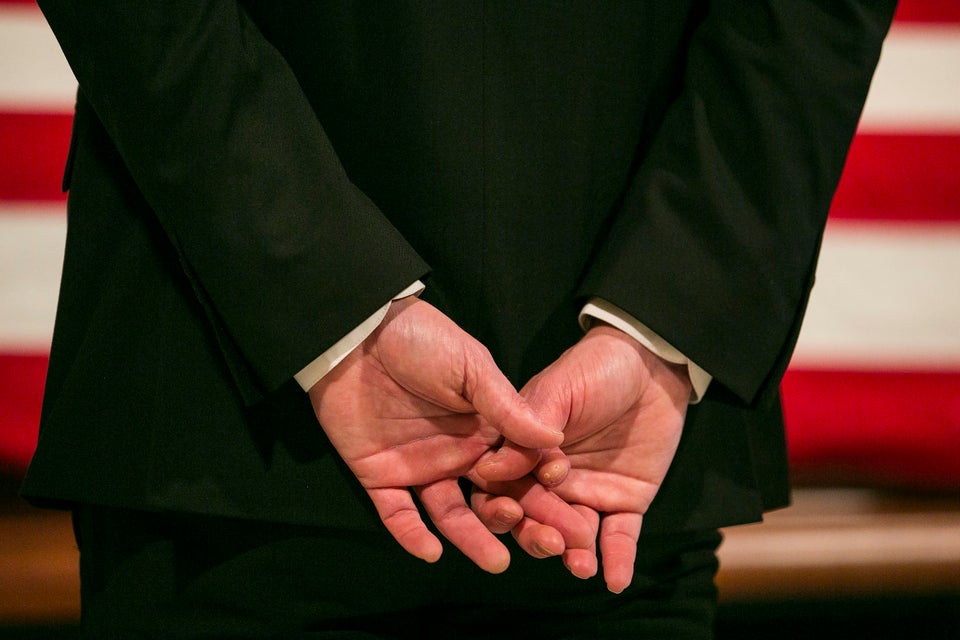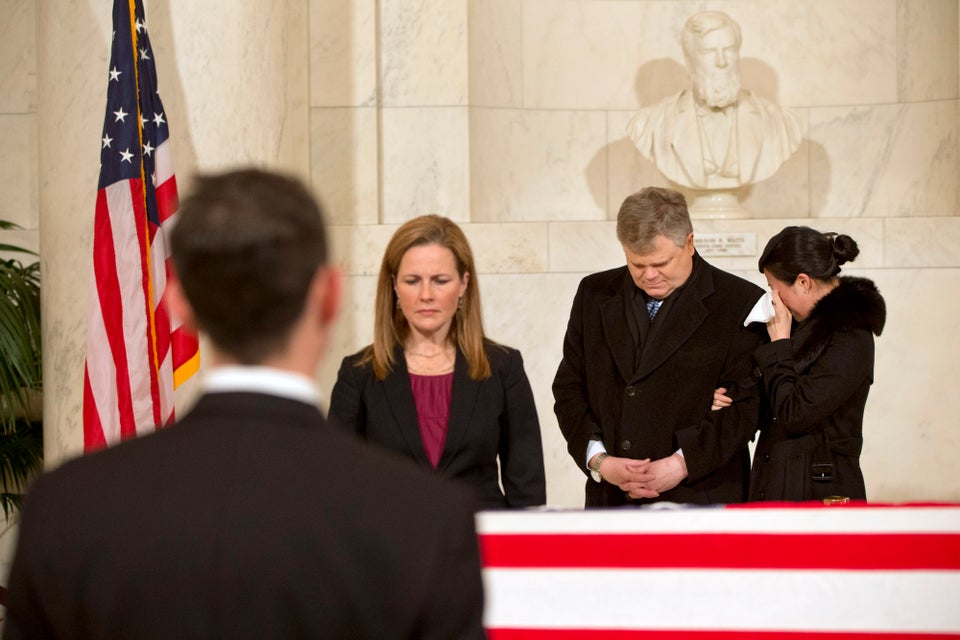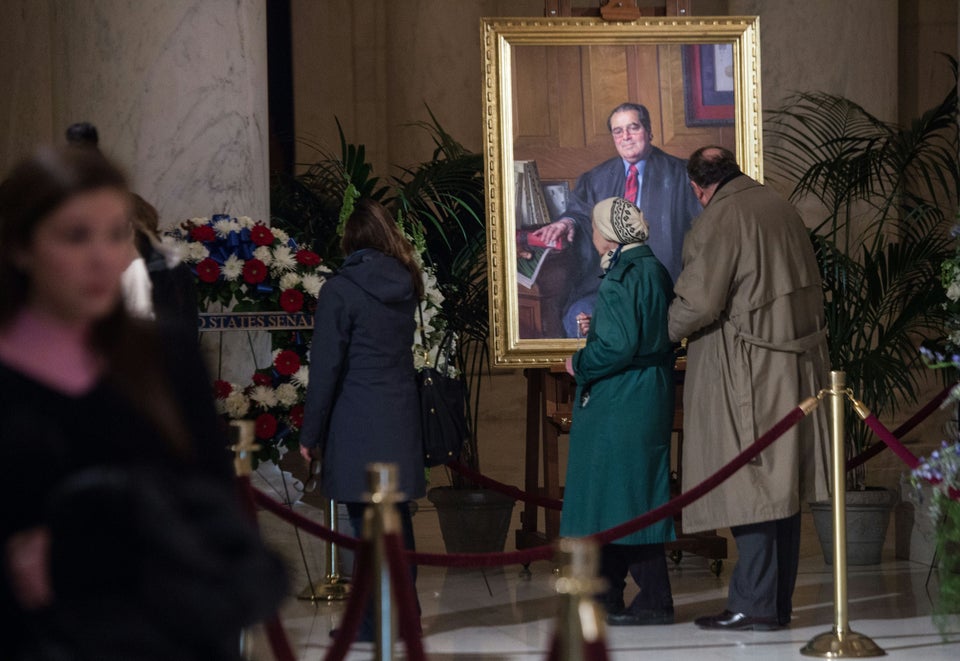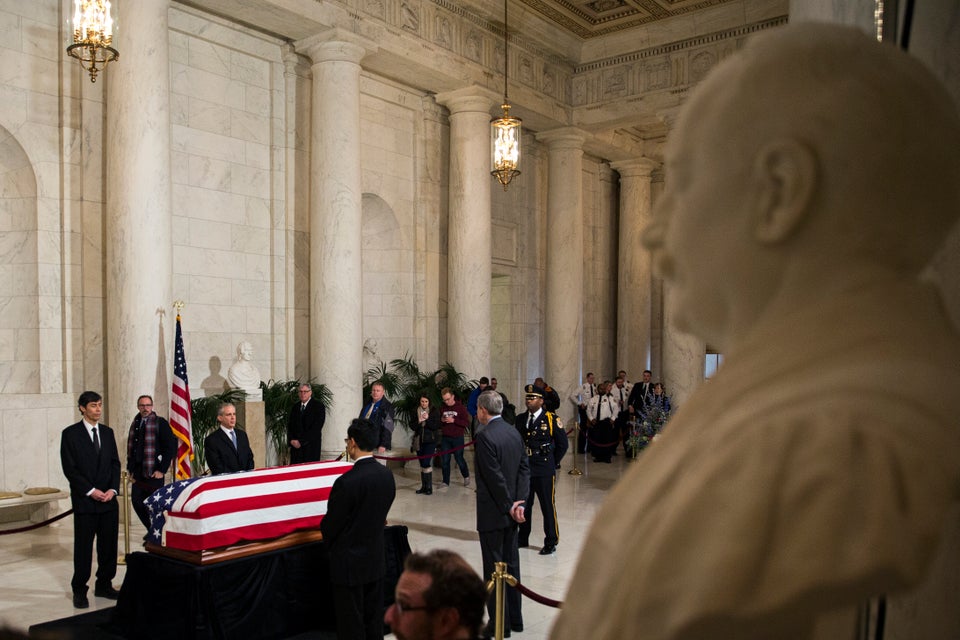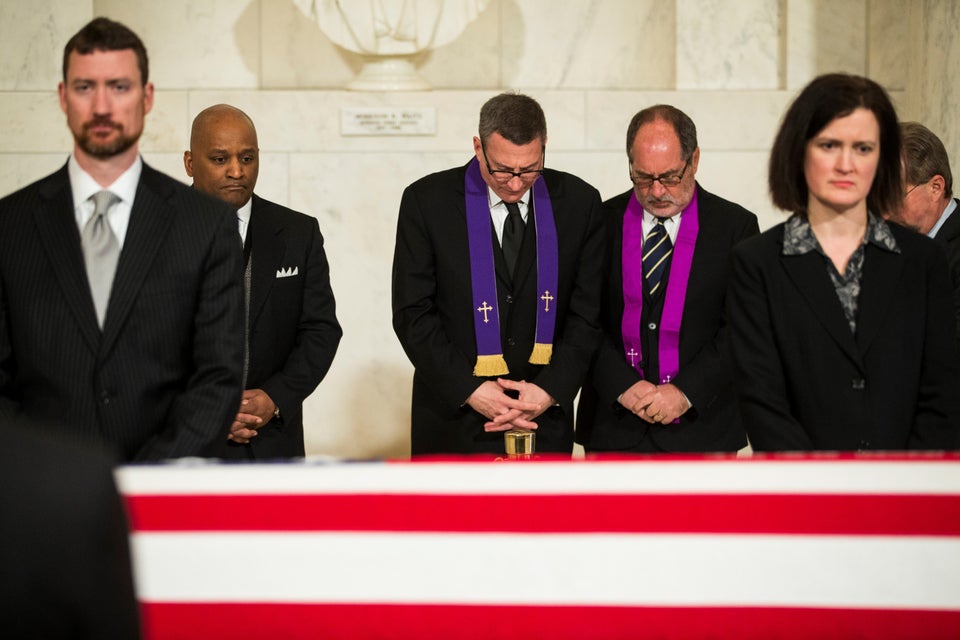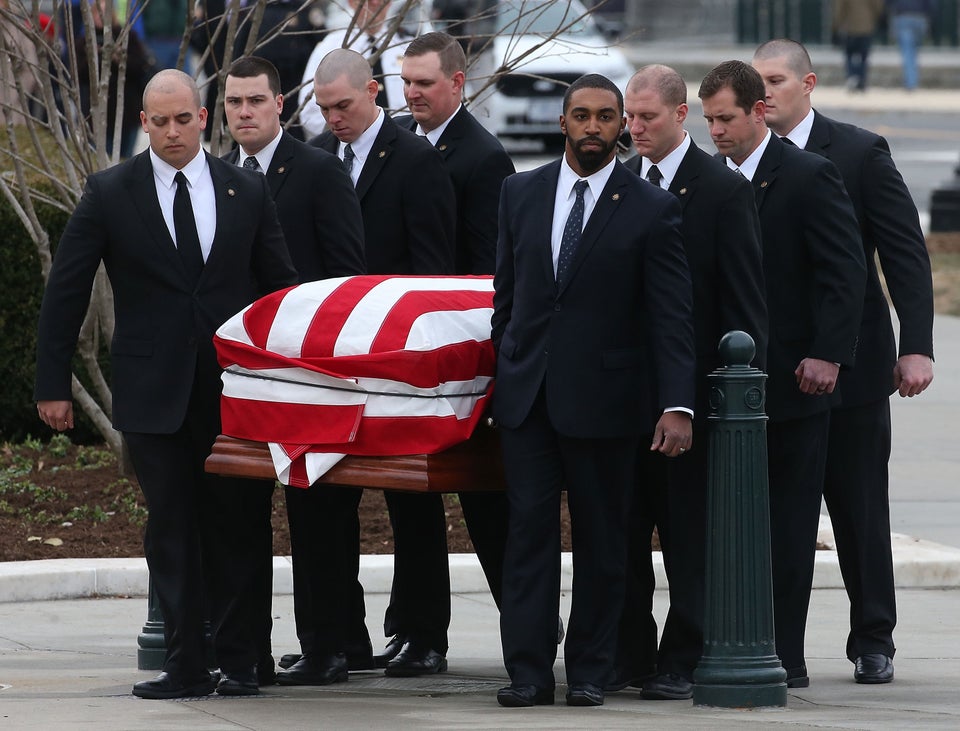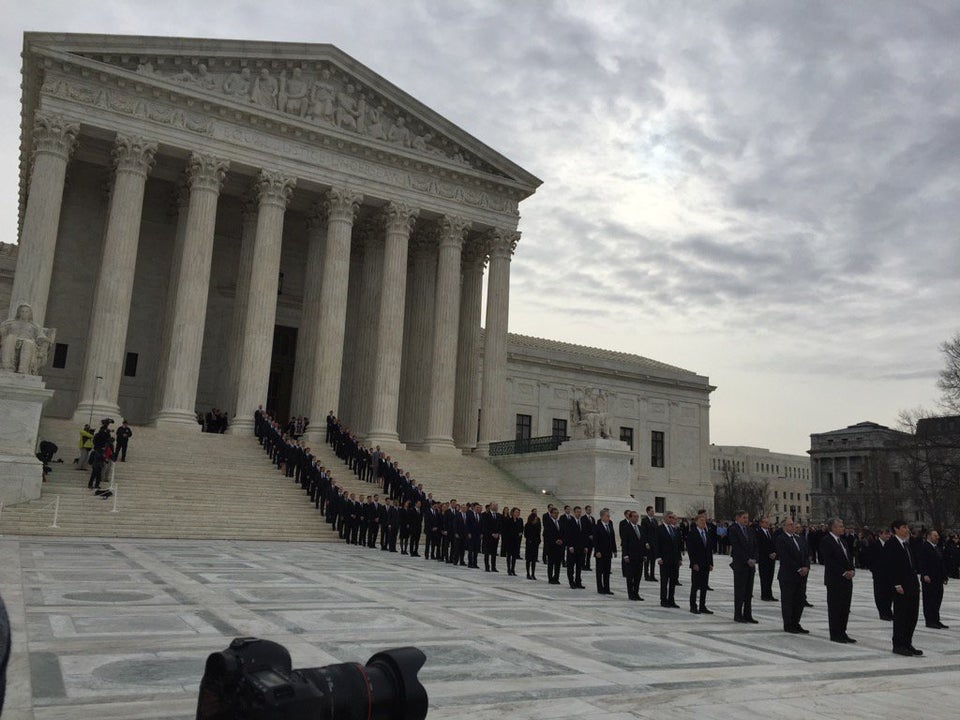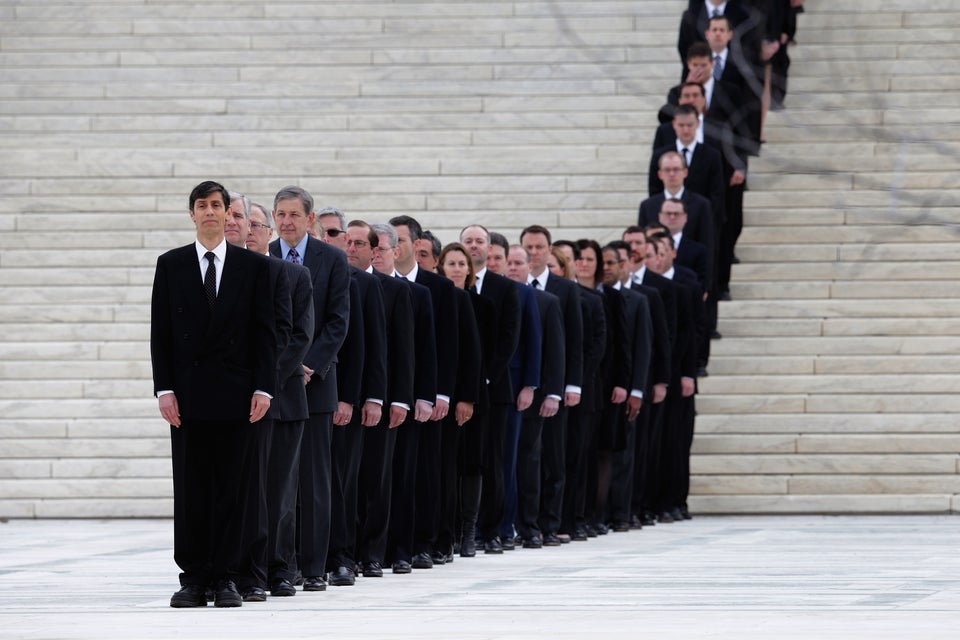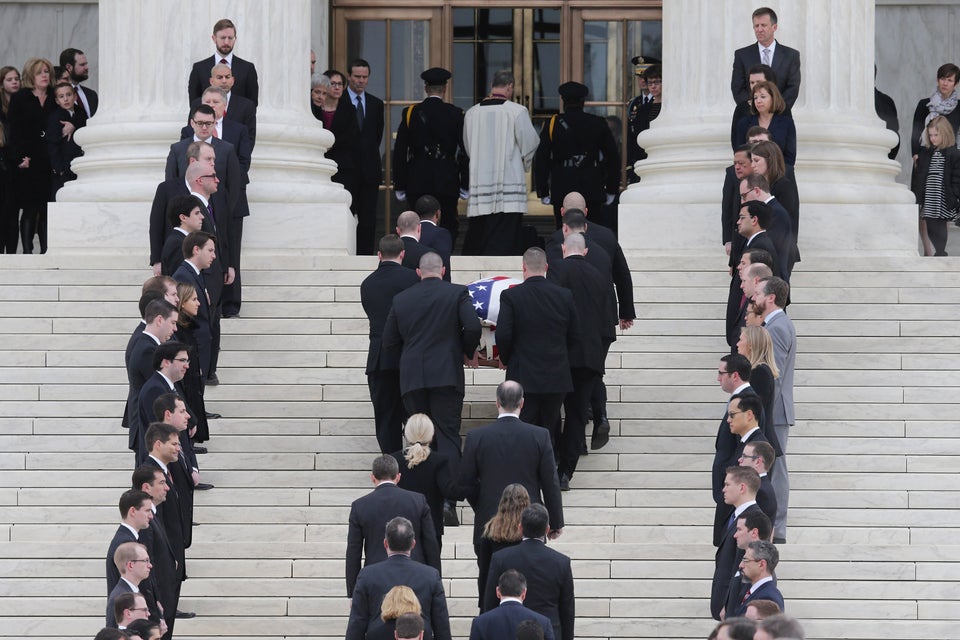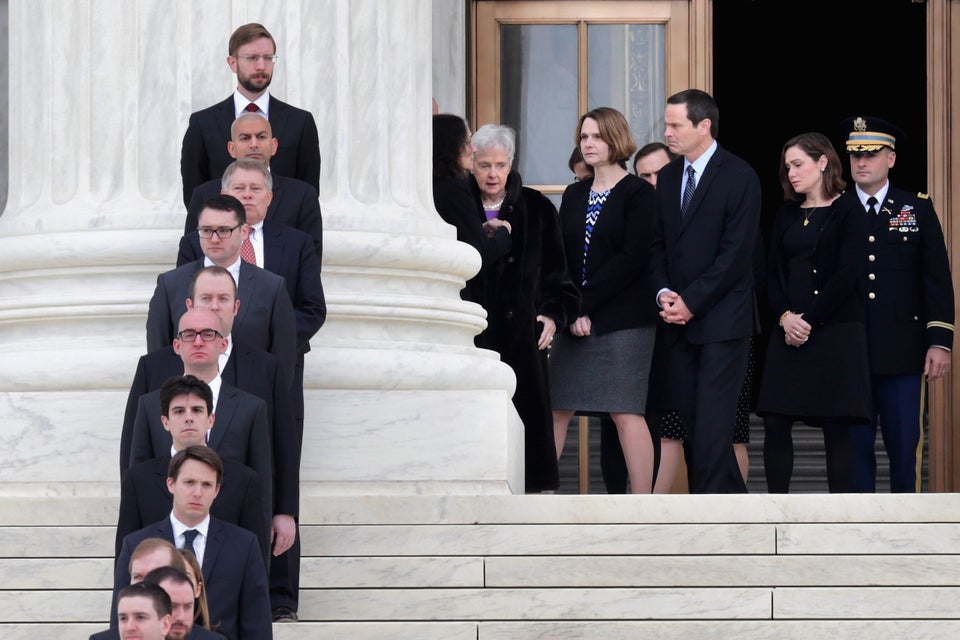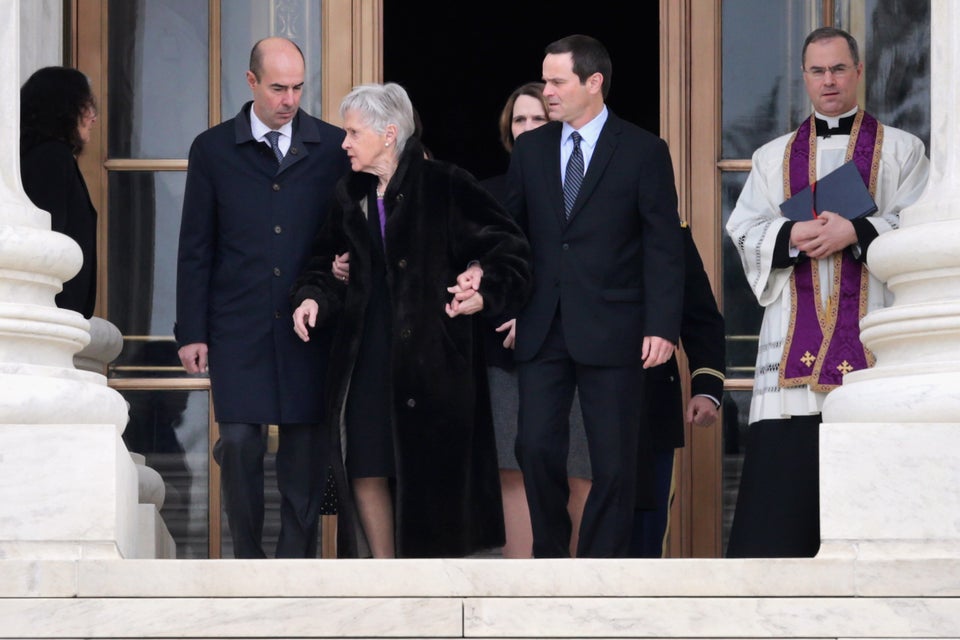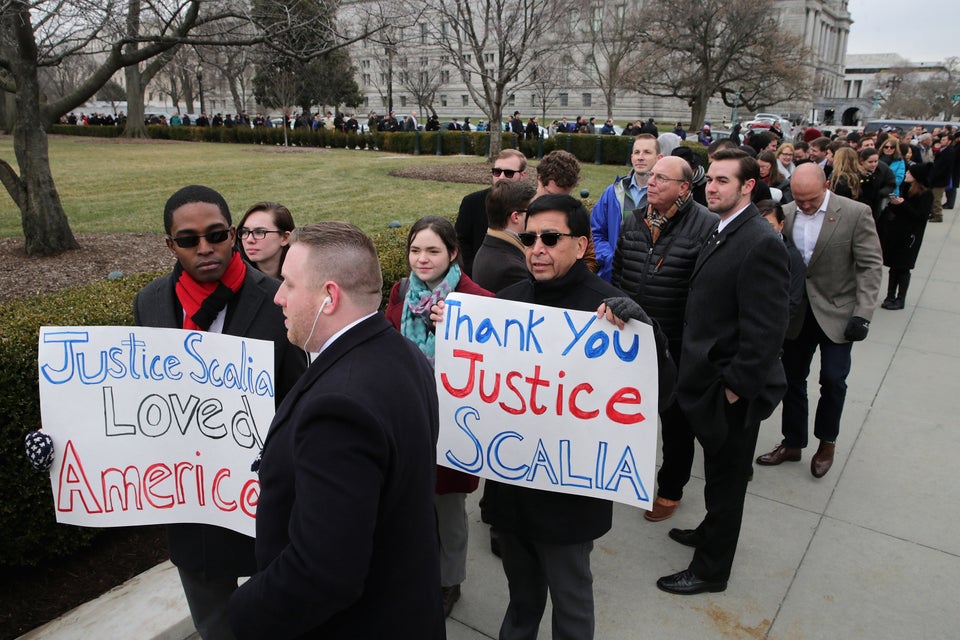WASHINGTON -- The death of Justice Antonin Scalia left many Supreme Court decisions up in the air. In particular, a set of decisions on redistricting could lead to a sea change in election laws and leave Democrats breathing easier.
Currently, states can draw election districts to benefit the party in power and face limited consequences. But a series of major redistricting cases the court is set to decide before the end of June could result in outcomes more favorable to Democrats and voting rights advocates.
In Arizona, Republicans challenged districts drawn by the state's independent redistricting commission. In Virginia, a lower court ruled that the GOP unconstitutionally gerrymandered districts to dilute the voting strength of African-Americans. And in Texas, Republican plaintiffs want to upend current redistricting practices, in which state legislative districts are drawn according to population, and instead require state legislatures to draw districts based on the number of eligible voters in each district. A ruling in their favor would shift political power from Democratic-leaning urban centers to rural, Republican-leaning areas, but voting rights experts are optimistic that the court will decide to preserve the status quo.
More immediately, the court had to decide whether it wanted to intervene in North Carolina before its March 15 primary, after a federal three-judge panel ruled on Feb. 5 that the state’s GOP-controlled legislature unconstitutionally packed black voters into fewer congressional districts when they drew district boundaries in 2011. The case is just one in a lineup of gerrymandering-related litigation that continues five years after states redrew their district boundaries.
Gerrymandering is the practice of drawing districts to give one political party an advantage in as many districts as possible while consolidating the other party's voters into as few as possible. The North Carolina districts deemed unconstitutional are considered two of the country’s most egregiously gerrymandered.
The judges gave state lawmakers until Feb. 19 to draw new district lines, so Republican Gov. Pat McCrory called the legislature back to vote on new boundaries in a special session beginning Thursday.
Republicans were hoping that the Supreme Court would be persuaded that implementing new districts so soon before the state’s primaries would confuse and disenfranchise voters, who have already started filling out and returning absentee ballots. But the court denied North Carolina's request to stay the lower court's ruling on Friday. The congressional primaries will be moved to June 7, as opposed to March 15. And it's possible that the 4th Circuit Court of Appeals could still reject the new maps approved by the legislature.
The GOP’s new map maintains the partisan split of the state’s congressional delegation, with 10 Republican districts and three Democratic ones -- even though 51 percent of voters chose a Democratic congressional representative in the 2012 election. The new districts are more compact and make the surrounding GOP-held districts slightly less Republican-leaning, but Democrats are crying foul, arguing that the map still dilutes the power of the state’s black voters.
“They have been working on this... so that they could ensure that there’s a correlation between party performance and race,” state Rep. Dan Blue told The News & Observer. “When you intentionally segregate out people, even based on partisan affiliation or performance, you discriminate against them.”
Blue’s comment hit upon a major issue with the Supreme Court’s redistricting jurisprudence. Partisanship and race overlap because racial minorities tend to vote for Democrats. But while the Supreme Court has intervened in race-based gerrymandering cases, citing the Constitution and the Voting Rights Act, it has not developed standards for how to decide partisan gerrymandering cases.
In 2004, the court split on the question of whether Republicans in Pennsylvania drew district maps that were unconstitutional. Four conservatives -- Justices William Rehnquist, Sandra Day O’Connor, Clarence Thomas and Scalia -- ruled that there were no standards enabling the court to decide partisan gerrymandering claims. But Anthony Kennedy, the court’s current swing vote, didn’t foreclose the possibility that such standards could be delineated in the future. (The court's four more liberal justice said they would police partisan gerrymandering and laid out standards for how they would do that.)
Only one of the justices who opposed scrutinizing partisan gerrymandering remains on the court today, giving voting rights advocates hope that, if the court revisits the issue, it could decide it does have the power to intervene to correct overly partisan districts.
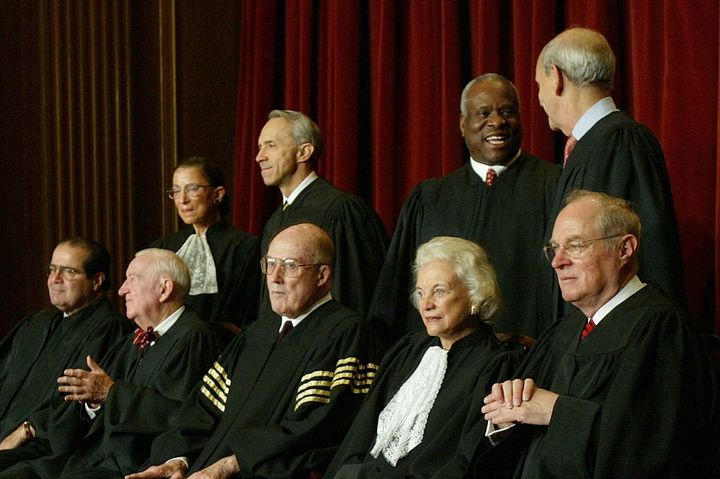
If Obama overcomes Republican opposition in the Senate and gets it to confirm a replacement for Scalia, or if Democrats retake the Senate and keep the White House in November’s general election, partisan gerrymandering could come under more judicial scrutiny. In that case, states would have more of an incentive to de-politicize their redistricting processes and draw more competitive districts.
Michael Li, senior counsel at the Brennan Center for Justice’s Democracy Program, suggested that a Scalia replacement appointed by a Democrat would be willing to revisit partisan gerrymandering.
“Even assuming that [the court’s conservative justices] think partisan gerrymandering is not justiciable" -- meaning an issue that can be decided by the courts -- "there’s a potential for replacing Scalia with someone who thinks it is," Li told The Huffington Post. "Then you could break the logjam on partisan gerrymandering and give the opportunity for the courts to police it."
Li said that such a development would have huge implications in Southern states like North Carolina, whose GOP leaders defend their redistricting plans by arguing that they were aiming to marginalize Democrats rather than African-Americans and Latinos, even though Democrats tend to be African-American and Latino.
If gerrymandering continues unabated, Democrats will struggle to retake the House. In 2012, for instance, Democratic House candidates received nearly 1.4 million more votes than GOP candidates, yet Republicans maintained their disproportionate majority in the chamber, due in part to favorable district boundaries drawn by their counterparts in state legislatures. There’s no sign that this trend will change absent intervention from the Supreme Court, since Republicans have a lock on state legislatures and Democrats are already at a geographic disadvantage because their voters tend to cluster together.
Of course, the GOP isn’t the only party that gerrymanders for partisan advantage. Democrats have also drawn district lines to minimize their Republican colleagues’ electoral prospects. Three Maryland voters sued the state in 2013 over its 2011 maps on the grounds that the district lines violated their rights to free speech and association. Their case was dismissed last year by a district judge, so they asked the Supreme Court to overturn the ruling, and it did, unanimously, in December.
The court’s majority opinion in that case -- the last one Scalia wrote -- kept the partisan gerrymandering case alive.
UPDATE: This article has been updated to reflect Friday's Supreme Court ruling.
Related on HuffPost:
